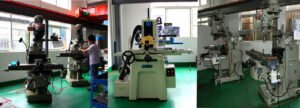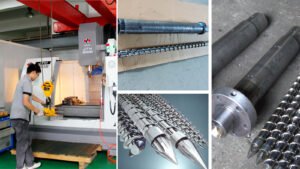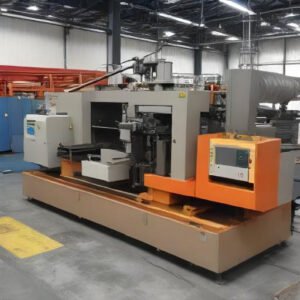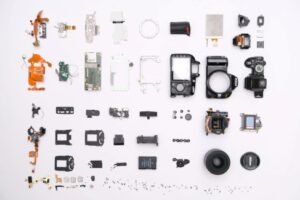- Injection Molding Industries:
- Which Industries Need Injection Molding the Most?
- Consumer Goods Injection Molding
- Medical Devices Injection Molding
- Computer Parts Injection Molding
- Advantages and Disadvantages of Injection Molding
- Injection Molding Advantages
- Injection Molding Disadvantages
- Why are Injection Molding Molds so Expensive?
- Conclusion
What is Injection Molding For?
The modern world consumes a vast amount of consumer goods every year, amounting to 44 trillion USD. To meet this massive demand, and to also have some in reserves, manufacturing plants require a highly scalable solution that is capable of producing thousands of products yearly without compromising on precision and quality.
Injection molding is the answer to this need for scalability and precision. By injecting molten materials into a precast mold, injection molding engineers can create high-quality products with consistent quality and specifications. Due to this amazing consistency, top-notch scalability, and ease of automation, injection molding is used for manufacturing a wide range of products, from everyday consumer goods to advanced medical devices.

What Injection Molding is Used For
Injection molding is the premier manufacturing process for mass-produced products made of plastic, metals, glass, and silicone materials. To understand what injection molding is used for, a quick run-down of the process is needed.
In the injection molding process, molten materials will be poured down into a precast and pre-designed mold that looks exactly the same as the end product. Once the materials settle in, engineers will initiate the cooling procedure by running coolants under the cast, cooling and hardening the molten mixture. As it hardens, the mixture will take on the shapes and sizes of the mold itself, creating the finished product.
Because the injection molding process can be replicated thousands of times a day, provided that there is enough material and the mold is sturdy enough. This enables industrial manufacturers to create an automated assembly line with consistent end results, allowing them to fulfill high-volume purchase orders. For this reason, injection molding is used extensively in factories and manufacturing plants.
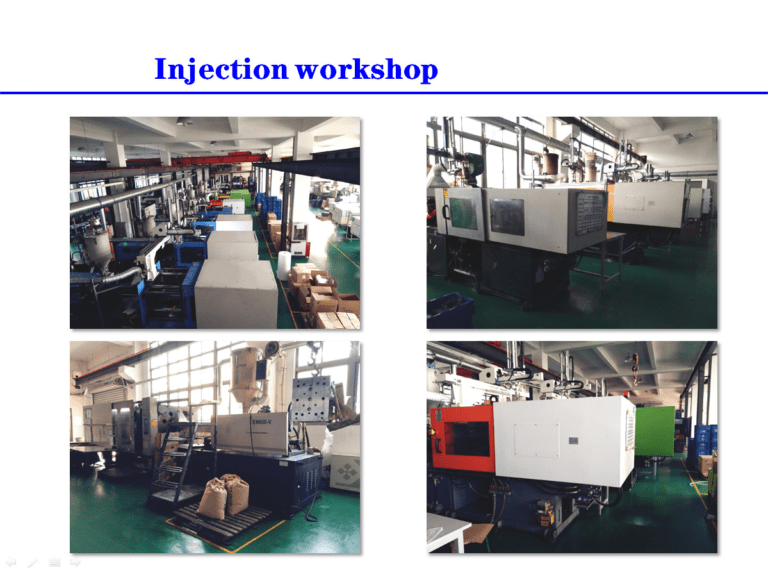
Injection Molding Industries: Which Industries Need Injection Molding the Most?
njection molding works with a vast range of materials, from hardy metals to malleable plastics and glass, so it is particularly flexible in its range of uses. The most popular injection molding industries include medical devices injection molding, auto parts injection molding, and manufacturing injection molding.
Consumer Goods Injection Molding
The consumer goods industry gains a lot from the injection molding process. The volume of purchase orders that these manufacturing plants receive is huge, and there is rarely any room for error, as just one defect can disqualify an entire batch, costing a lot of time and money. The injection molding process, with specifically designed consumer goods molds, can greatly save time and effort on handling orders, and there will be no compromise on the product’s quality as well.
In recent years, there have been breakthroughs in the field that have resulted in more robust end products, greatly improving manufacturing plants’ returns on investments.
Medical Devices Injection Molding
Medical devices have to strictly follow specifications in order to function properly, otherwise the results might be disastrous. Medical injection molding ensures that the end products will be consistent in quality, shape, and size, as they all come from the same mold. With the help of the right injection molding company, medical device manufacturing plants can even scale their production to meet the demands of multiple medical institutions.
The most difficult part about medical devices injection molding is to get the right mold. Mold design requires extreme precision, so only experts with years of experience in the field know how to make reliable medical devices injection molding molds that can scale.
Computer Parts Injection Molding
Computer parts require laser-focused precision to work properly, as one single defect means that the computer will not be functional. In addition, computer parts pose an additional risk to manufacturers: They are generally made from metals, which are not easy to work with, so manufacturing plants will have to find the right injection molding companies with expertise in the niche as well as reliable computer parts injection molding molds for assistance.

Advantages and Disadvantages of Injection Molding
Although there are hundreds of manufacturing processes out there, including 3D printing and CNC production, injection molding stands out as a premier choice for many for several reasons.
Injection Molding Advantages
As a method of production, injection molding shines when businesses need to produce high volumes of products over a long period of time. Below are some outstanding advantages:
High precision: As injection molding uses a standardized mold for all products of the same properties, each one will share the same consistent look and durability, ensuring that defects will not happen
Enable complex geometric designs: By combining different molds together, engineers can create intricate designs that the end products demand. The best part is that they don’t have to repeat the same procedure for every single product!
Flexible materials usage: From thermoplastics, which is a huge category on its own, to glass and metals, injection molding works with a wide range of materials, making it the great choice for most manufacturing plants, whether big or small.
Injection Molding Disadvantages
However, it is noted that the injection molding process itself is not the be-all-and-end-all of manufacturing processes. It does have two major downsides:
Start-up costs: Injection molding requires specific tools and expertise, both of which can be prohibitively expensive. For this reason, businesses should find trusted partners who sell affordable and reliable injection molding tools to reduce costs.
Expensive mold designs: The initial design for the molds will be of great importance. Remember, one single defect can have a major effect on the reputation of the plant as a whole, so the initial design will take a lot of time and money to develop.
Plastic Injection Molds: The Top Solution
Every injection molding business starts with the mold, and this is often the trickiest part of starting the business. The molds used in injection molding have to feature well-thought-out design with geometric curves and lines, ensuring that they can be used repeatedly to make consistent and reliable products. Thus, engineers pour in a lot of time and effort to make molds that stand the test of time, hence their expensive prices.
The cost of injection molds can be offsetted significantly by using plastic injection molds. Plastic is a cheap material, which helps reduce the costs by a large margin. Furthermore, this material is compatible with industrial 3D printers, enabling the engineers to speed up the design and production process with ease.
Conclusion
Injection molding is used for producing high volumes of products with top consistency and zero defects. The injection molding process can be used to produce everyday consumer goods such as beer bottles to industry marvels like airplane parts.
A key feature of injection molding is its high scalability. This means that you can set up a small injection molding workshop at first, and then scale it to a large plant with relative ease. Both small injection molding companies and large injection molding companies come with their own sets of business and technical challenges, so the flexibility in how to set up an injection molding production line will greatly benefit business owners in the long run.
